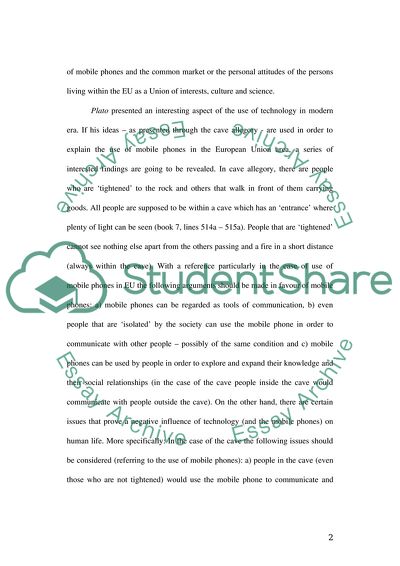Cite this document
(Platos Cave Allegory and the Mass Use of Mobile Telephones in the E.U Essay, n.d.)
Platos Cave Allegory and the Mass Use of Mobile Telephones in the E.U Essay. Retrieved from https://studentshare.org/information-technology/1707412-european-transport-and-communication-systems
Platos Cave Allegory and the Mass Use of Mobile Telephones in the E.U Essay. Retrieved from https://studentshare.org/information-technology/1707412-european-transport-and-communication-systems
(Platos Cave Allegory and the Mass Use of Mobile Telephones in the E.U Essay)
Platos Cave Allegory and the Mass Use of Mobile Telephones in the E.U Essay. https://studentshare.org/information-technology/1707412-european-transport-and-communication-systems.
Platos Cave Allegory and the Mass Use of Mobile Telephones in the E.U Essay. https://studentshare.org/information-technology/1707412-european-transport-and-communication-systems.
“Platos Cave Allegory and the Mass Use of Mobile Telephones in the E.U Essay”. https://studentshare.org/information-technology/1707412-european-transport-and-communication-systems.


